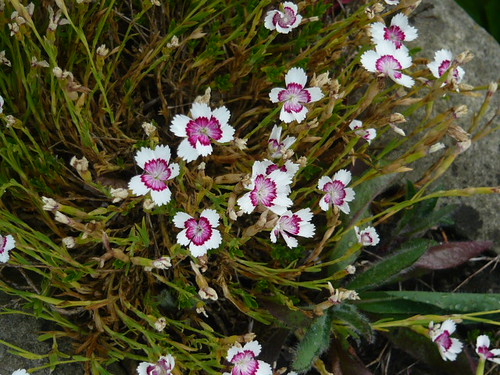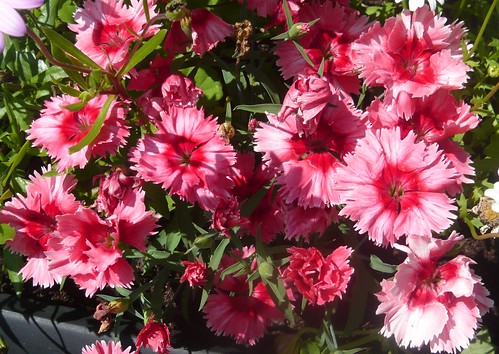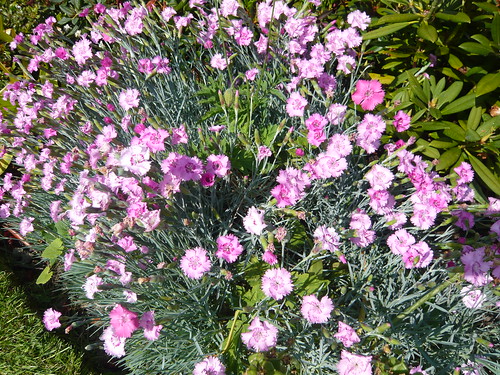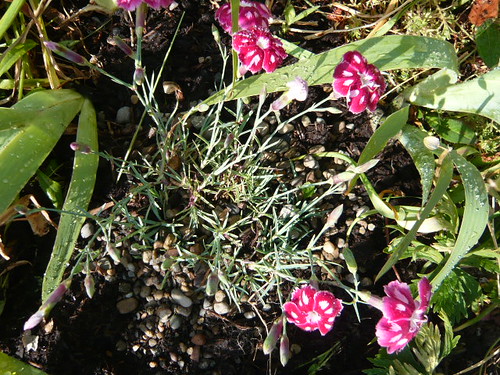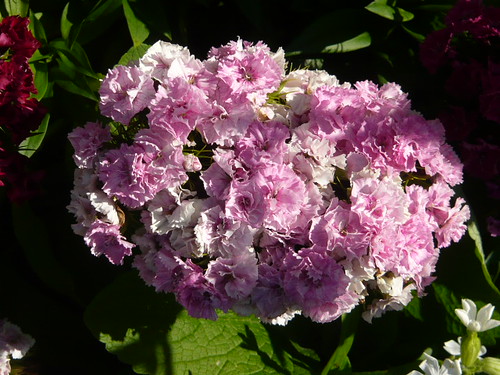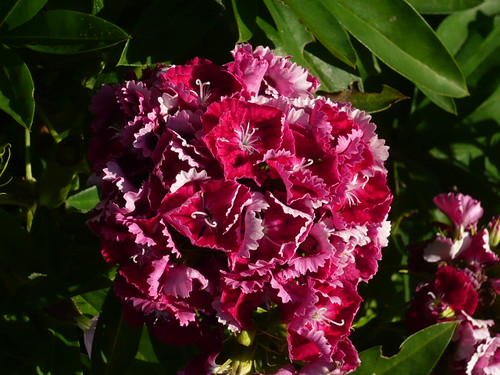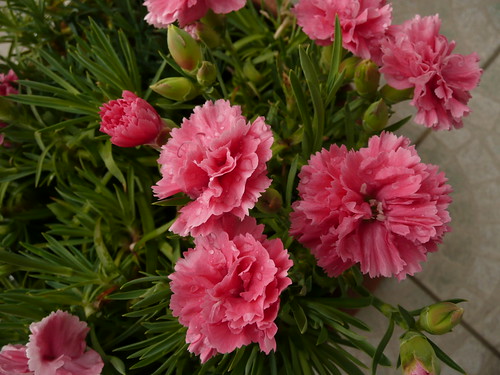Carnation Street

Green fingers held this wet carnation still for a photograph of the captivating colour scheme. I have loved carnations for over 60 years but never really got on top of growing or breeding for showing.
Carnations through the Ages
- Dianthus caryophyllus have been around for over 2000 years well known to the ancient Greeks. Since that time they have been bred into a vast range of varieties.
- Standard Carnations are the large single headed varieties grown in a greenhouse environment.
- Hardy border carnations of the sort by family grew in their little cottage the 1950’s. These are the family of carnations that were depicted in old Flemish paintings.
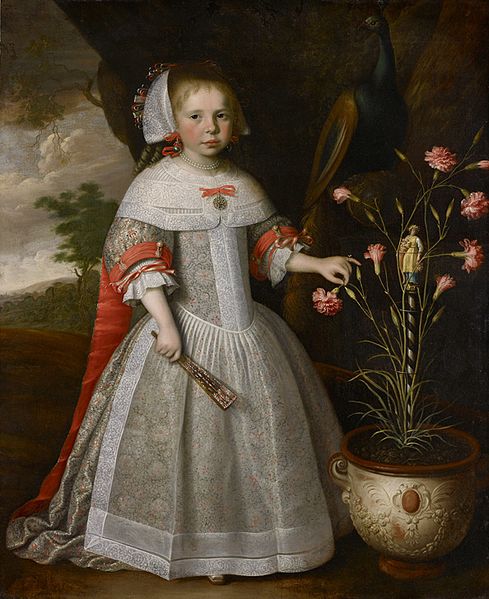
Jan Albertsz Rotius – A Four-year-old Girl with a Pot of Carnations – 1663
- Perpetual flowering carnations well-loved by the florists who sold these by the million as one of the longest lived cut flowers. Now overtaken by supermarket and garage forecourt sales of bunches in plastic.
- Vintage varieties have been very popular in bridal bouquets for years
- Spray carnations have multiple flowers per head by removing the terminal bud and leave the side buds to flower.
- Pinks have smaller flowers than carnations and either single or double.
The British National Carnation Society  growing the flowers of the three main types of Dianthus – Pinks, Border Carnations and Perpetual-flowering Carnations.

